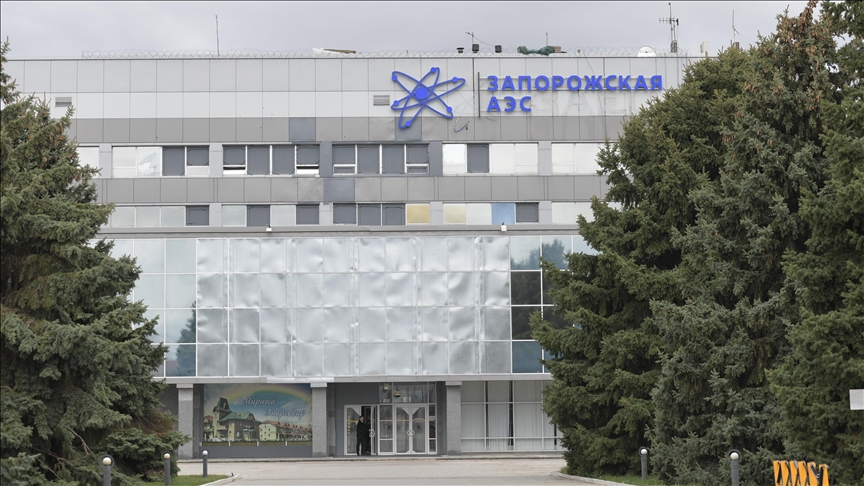Russia claims new IAEA rotation arrives at Zaporizhzhia plant through its territory
ISTANBUL
A new rotation of the International Atomic Energy Agency’s (IAEA) monitoring mission at the Zaporizhzhia Nuclear Power Plant arrived at the facility through Russian territory, the plant’s Moscow-installed head claimed.
A video statement by Yuri Chernichuk on Telegram late Saturday said the 27th rotation of the IAEA’s mission consists of three inspectors, who he said arrived at the plant with the efforts of the Russian Defense Ministry, the National Guard, and the Interior Ministry.
“It is fundamentally important that the route passed through the territory of the Russian Federation for the first time,” Chernichuk further said.
He went on to say that the rotation occurred after “intensive consultations” in February, which also included an interagency meeting in Moscow between the chiefs of the IAEA and Russia’s state-owned nuclear energy corporation Rosatom.
The alleged rotation comes after weeks of delay, during which both Russia and Ukraine accused each other of military actions aiming to disrupt the planned rotation of IAEA experts at the plant.
Neither Ukrainian nor IAEA officials have yet to comment on whether the rotation has taken place.
The situation around the Zaporizhzhia Nuclear Power Plant, Europe’s largest and one of the world’s 10 biggest, particularly remains tense as concerns persist over a possible nuclear disaster between Moscow and Kyiv, both of which have frequently accused each other of attacks around the facility.
Zaporizhzhia is 40 kilometers (25 miles) from the front line with Moscow and has also been frequently hit by airstrikes amid the conflict in Ukraine.
Since Sept. 1, 2022, IAEA personnel have been present at the plant, which has been under Russian control since March 2022.
Anadolu Agency website contains only a portion of the news stories offered to subscribers in the AA News Broadcasting System (HAS), and in summarized form. Please contact us for subscription options.



